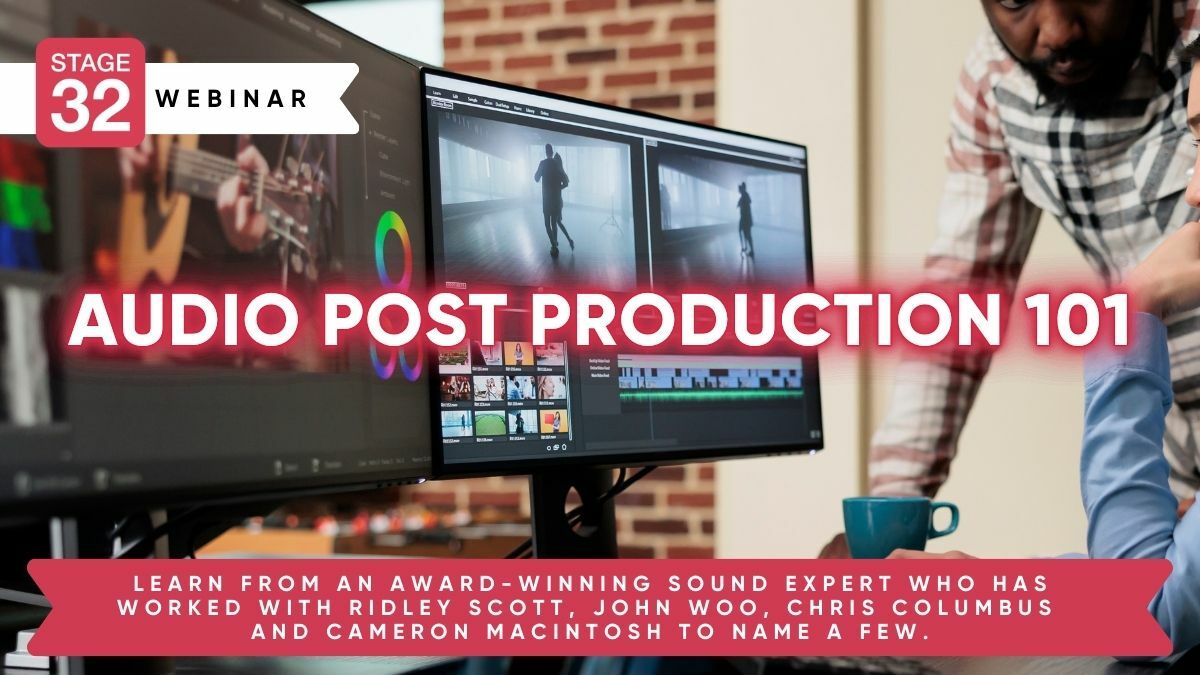For many of my first 10 years or so, back in the "Gigastudio days" :) The samplers and instrument samples were relatively small and did not pose a heavy demand on memory. Even then there were larger samplers and sample sets such as Vienna Symphonic (VSL) that said they would easily fit in 16 GB of memory.
But over the years, the demand on memory has increased. Here are some factors:
1. Operating system files and demand has increased
2. An increasing amount of non-music software has remained 'resident' - always running in memory (such a security software).
3. The size of the sample libraries has increased as the functionality has improved
4. Composers are now more than before using multiple instrument samples and sample sets - not just one library.
Take for example the amount of memory available just before you start using your music software, samplers and files. My 5 year old Windows 7 laptop uses about 6 GB of memory after booting. My more recent Windows 10 desktop uses just over 8 GB after booting. Now consider what needs to be loaded - the composing software, the sampler and the samples. Loading a full set of just orchestral samples along with the sampler can often leave me about 3 to 4 GB out of 32. For example, my production softare, SIbelius 6 uses 1.4 GB and my primary sampler, Kontakt 6 uses about 450 MB of memory.
That used to be fine with me until I wanted to use additional non-orchestral samples sets for my film projects (in addition to orchestra) such as a few guitar and percussion libraries and I discovered I was out of memory.
Now one solution to the above 'quandary' is to shrink/trim the demand by getting rid of/unloading those samples not immediately necessary. But perhaps later it was needed - an most of our environments do not allow us to dynamically control the loading and unloading of samples as needed (especially since that process could create performance issues).
The much straightforward solution is to order and install more memory assuming there are slots. Now my experience has been with Windows desktops but I believe the issue is likely similar with Macs. Two years ago, I purchased my current desktop - a Xeon based Dell Precision 7820 with 32 GB of memory. That machine has 6 memory slots and Dell built it with two 16 GB memory DIMMs. So it has the capacity to hold up to 192 GB of memory.
I decided to go with one 32 GB DIMM. I brought the desktop to Microcenter and we tried all their options (typically between $200 and $300) and none of them worked (the desktop would not boot whether their DIMM was added to the other two or by itself). It turns out that the Dell machine I ordered which I thought to be a desktop was actually a server (i.e., it had a server motherboard) and required special DIMMs for servers.
So I ended up having to order a 32 GB DIMM directly from Dell. It comes tomorrow at a non-shipping with tax cost of about $425 for a 'refurbished one' (they quoted amazing $1,800 for a new one).
So what have been your experiences with memory demand for your production software, samplers, and sample sets? Has it been any 'easier' for you if you work on a Mac?



Good insights, Joel. I'm on Windows too and built my own machine. It's wonderful having the option to upgrade memory and storage as needed.
I think one other important aspect is memory management within your DAW, so freezing/rendering tracks with a lot of plugins on, keeping an eye on your performance metre, deleting/taking offline plugins you added at one point but aren't using now, using routing/folders to reduce the overall amount of plugins in the project- just good memory management really. Project setup and maintenance in order to preserve computing power is a very important element of film composition.
Hi Joel. I work on a decently powerful PC (Intel(R) Core(TM) i9-10940X CPU @ 3.30GHz 3.31 GHz, 64GB RAM), with Cubase 12. I am able to run enough tracks with multiple plugins per track. My time with Cubase goes back to the Atari ST days! I also had the original Cubase Audio for a PC (8 tracks max but it worked well). When I upgraded to Cubase VST with a Lexicon Studio IO device in the late nineties, I was most disappointed to find the tracks slipping and sliding around timing-wise (ever so slightly but I could hear it). That put me off DAWs for a while until CUBASE 5 which was ok. I didn't record much after that until I recently upgraded to 12. Things have moved on a lot, right now the quality and range of plugins are fantastic!